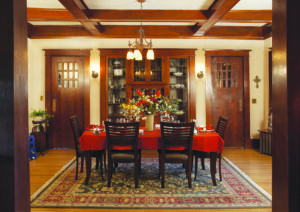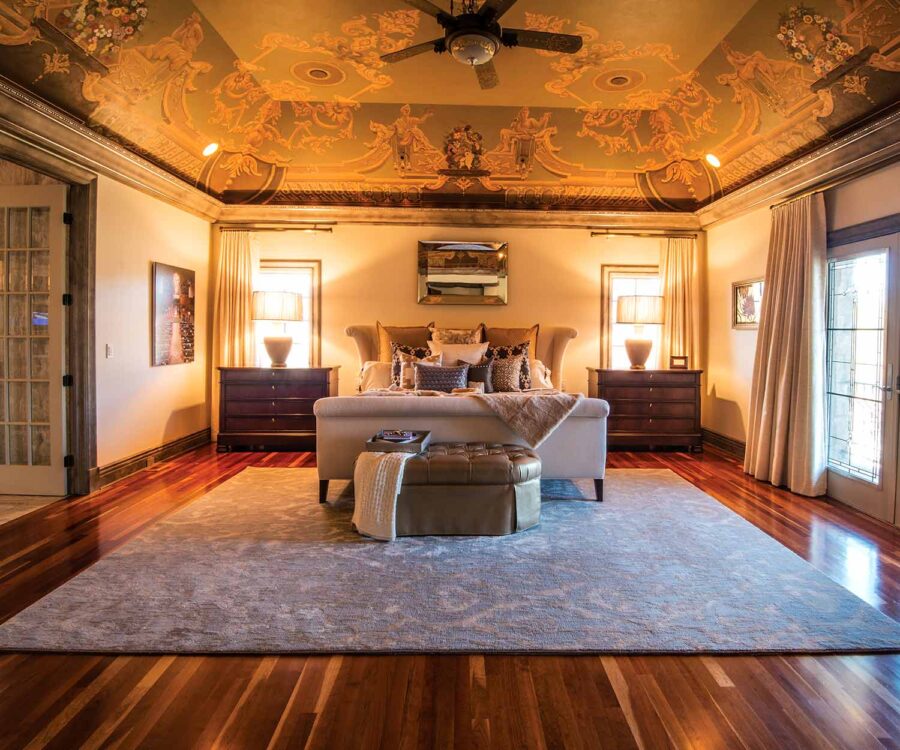A lot of people want to change the look of their home. In essence, they are changing the style of their home.
So, what are your interior design styles?
Most of the time, this is hardly a one-word answer, and often the solution requires an explanation or at least a hyphen. Some might describe their home as traditional-going-towards-modern or perhaps that it is kind of an “eclectic-lodge look”.
Every decorating style has its textbook distinguishing characteristics. And, the collection of design elements will define the overall tone of the room. You would expect to see clean lines with minimal furnishings in a contemporary setting. In a Victorian home, you will see many patterns, a lot of colors, and plenty of details in the furnishings. Certain things just go together to define the style.

The definitions should be used as a road map to style with some flexibility along the way. While the three basic styles, traditional, contemporary, and eclectic, have many sub-variations, you want the final look to be uniquely your own. The emphasis in practical interior design is on “livable spaces.” Decorate with what makes you comfortable. You are free to mix it up a little and create a space that is all you.
The challenge is to develop a cohesive, unified look in the process.
Sure, you can combine pieces from different styles, but you must use sound design principles and some common sense. The question is not about putting a style label on an element but about making it work in the room. The flip side is just because you can mix certain styles doesn’t mean you should. Adding a craftsman-style lamp to a traditional living room can be good while adding a crystal chandelier to a Southwest-style dining room is probably a bad idea. Decorating with sound design principles and good taste is always your best bet.

You can get a feel for your decorating style by doing a simple inventory of what sort of design elements you prefer. Define what type of furniture, colors, and patterns make your space feel at home. Then get into specifics such as what type of light fixtures, flooring, and accessories you like. As you analyze your preferences, you should see a pattern. If not, you may need professional help, preferably from a professional who has experience with interior design.
There will be a pattern leaning toward a particular design style for most people. You don’t want to be pigeon-hole, but it does help define what goes with what as you decorate or redecorate your space. And, some styles are more flexible than others; In a Victorian home, most people prefer to stay “period correct” for a consistent style statement. On the other hand, a very rustic, primitive piece could be introduced as an accent in a strictly contemporary setting without losing continuity.

The main point is to understand your style preferences and make them work for you. There should be some thought process behind selecting and placing decorative elements, and it certainly should not appear random when you are finished.
Individualize your space to reflect your personality within the realm of sound design principles and function. Feel free to experiment a little. Avoid a safe yet generic design because “Looks like a furniture store” is not a decor style.—By Philip Holmes
